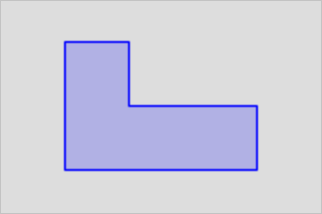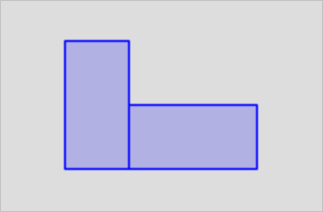This topic describes the ST_Union function. This function constructs a geometry object that represents the union of multiple specified geometry objects.
Syntax
geometry ST_Union(geometry set g1Field);
geometry ST_Union(geometry g1 , geometry g2);
geometry ST_Union(geometry[] g1Array);
geometry ST_Union(geometry set g1Field, float8 gridsize);
geometry ST_Union(geometry set g1Field, cstring options);
geometry ST_Union(geometry set g1Field, float8 gridsize, cstring options);
geometry ST_Union(geometry[] g1Array, float8 gridsize);
geometry ST_Union(geometry[] g1Array, cstring options);
geometry ST_Union(geometry[] g1Array, float8 gridsize, cstring options);Parameters
| Parameter | Description |
| g1field | The fields of the geometry objects that you want to specify in the dataset. |
| g1 | The first geometry object that you want to specify. |
| g2 | The second geometry object that you want to specify. |
| g1Array | An array that consists of the geometry objects. |
| gridsize | The size of the grid that you want to specify. This parameter is used to merge vertices in the same grid when you perform a union operation. The default value is -1.0, which indicates that this parameter is disabled. |
| options | The status of the parallel computing feature and the degree of parallelism that you want to specify. This parameter is used to enable the parallel computing feature and determine the degree of parallelism. If you enable the feature, you must specify the value of this parameter as a JSON string, such as |
Description
- The output type of this function is MULTI or GeometryCollection. The ST_Union function has two versions:
- Version 1: The input of the ST_Union function is two geometry objects. The output of the ST_Union function is a MULTI, NON-MULTI, or GeometryCollection object. If one of the two geometry objects is NULL, the ST_Union function returns NULL.
- Version 2: The ST_Union function works as an aggregate function. The input is a collection of geometry objects. The output can be a MULTI or NON-MULTI object.
- The ST_Collect function and the ST_Union function are interchangeable. The ST_Union function tries to dissolve the boundaries of the specified geometry objects to check whether the constructed MultiPolygon object has intersecting parts. Therefore, in most cases, the ST_Union runs at a lower speed than the ST_Collect function.
Examples
- The following example shows the differences between the ST_Union function and the ST_Collect function:
SELECT ST_Union(g1,g2),ST_Collect(g1,g2) from (select 'POLYGON((0 0,1 0,1 2,0 2,0 0))'::geometry as g1,'POLYGON((1 0,3 0,3 1,1 1,1 0))'::geometry as g2) as t;

- The following example shows the calculations with different configurations of the gridsize and options parameters:
-- Specify the gridsize parameter. select st_area(st_union(geom, 0.005)) from tableA; -- Specify the options parameter. select st_area(st_union(geom, '{"parallel": 4}'::cstring)) from tableA; -- Specify the gridsize and options parameters at a time. select st_area(st_union(geom, 0.005, '{"parallel": 4}'::cstring)) from tableA;